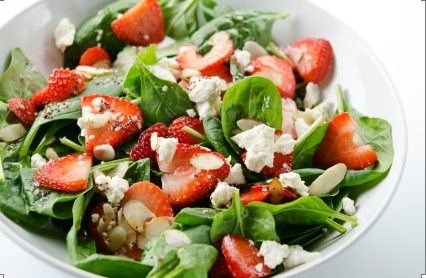Carbohydrates Good carbohydrates are a major key to a optimal nutrition program. Good carbohydrates are essential to keeping insulin levels down...

Carbohydrates Good carbohydrates are a major key to a optimal nutrition program. Good carbohydrates are essential to keeping insulin levels down...
© 2025 jackomd180. All rights reserved.